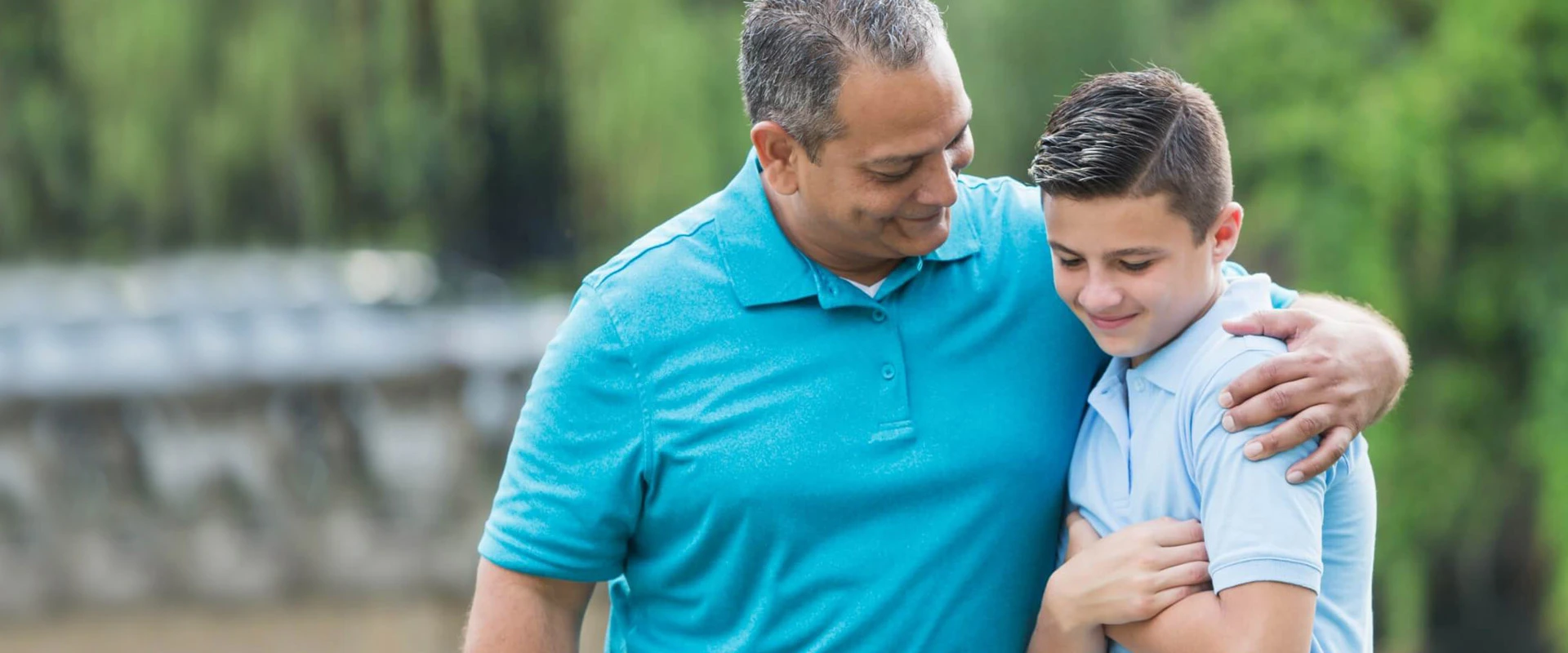Even though parents know their children best, this guide was developed in partnership with child psychologists and includes best practices for how to have the most effective conversation with kids on a tricky subject like vaping.
Before You Talk
While You're Talking
After You Talk
This conversation guide is a perfect tool to share with my children about the dangers of vaping. The facts and questions are presented [in] an easy way to understand.
Mackenzie
Get Updates
Sign up to get important anti-vaping-related resources. The best way to protect your child is to be in the know.



